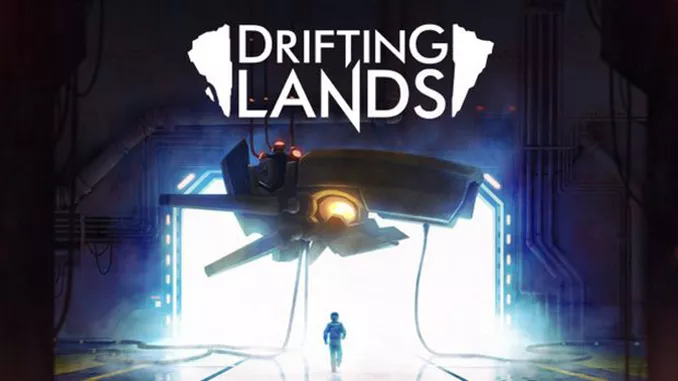
These foes can be part of different factions and do come with a good variety of attacks. Taking place in, admittedly gorgeous, open areas, they pit your ship against a variety of foes. As for the missions themselves, it’s where Drifting Lands begins to falter. There’s an obvious increase in difficulty between Grades, which requires you to be on top of your loot game, however, I wouldn’t go as far as saying that difficulty level 16 felt easier than difficulty level 17. Every Grade has its own rules (usually meaning that higher grades will have tougher opponents) and past Grade 2, foes leave bullets behind when they die. The many available missions are spread over 10 difficulty Grades. At the end of the day, however, unqiue interactions, both of weapons and other loot pieces, are fairly limited. A minigun fires many weaker projectiles and has increasing spread while a double cannon requires a higher level of precision, as it fires a very powerful energy blob. But, ultimately, you’ll realize that you’re running into a lot of loot that ends up being sold and that most of it, will be flat stat upgrades which require some juggling around. It also could be a bit clearer in describing certain stats. That being said, the loot might seem to drop in an intimidating amount initially. Ability Damage more your type? The Power stat is there. Do you want a very resistant ship? Get a Sentinel and add more points in its Structure stat. Ships can be further customized by increasing their stats, which, again, allow for a certain amount of specialization. Now, I’ve had enough items break on me, but I have to say that even though they were Unique and came with a good amount of bonuses to my ship’s capabilities, I never felt they were a crippling loss.

Whether it’s a chance of failing a retreat, a lower Focus cap or simply a chance for the item to break, these things will need to be optimized. The catch is that Rare and Unique items offer a bigger power boost and potentially unique bonuses, but also come with downsides. As per aRPG rules, items have different stats and rarities. Every ship has a set amount of item slots (the main variation here being the number of armor slots). Lastly, the title has a normal and a forgiving mode, the difference being that in forgiving mode player ships do not get destroyed and broken items aren’t lost forever, as they can be repaired. To this, you can add the fact that shield and repair skills are not obligatory, which allows for both a pretty good level of build flexibility and a difficulty modifier that the player can control. Manual retreats allow for keeping your loot, but the point here is that you can replace the Automatic Retreat skill with a different passive, at the risk of potentially losing your ship. This skill makes it so that when your ship gets down to 0 health, you run back to the hub area, while losing all the loot in your hold. This allows for lots of experimentation, while also giving the player a difficulty modifier of their own in the form of the passive “Automatic Retreat” skill. On top of that, there are repair skills and shields. Then there are mines, plasma beams, even skills that modify your primary fire. There’s a good level of variety here as players can choose from fiery spears that destroy foes in front and behind their ships, to devastating AoE attacks that clear a circular area. Only one skill from any given family can be equipped at a time. These skills are spread across different skill families. This is built upon even more by the game’s skill system.ĭrifting Lands allows players to equip up to six skills (four active, two passive). Thus, right off the bat, we’ve three ship types that require different approaches to how they’re played.

The Interceptor, the lightest ship, favors getting dangerously close to enemy bullets or lasers in order to increase its Focus level. The Marauder is required to stay in certain areas on the screen, while the bulkier Sentinel gains Focus while recharging shields. They’re also differentiated by the way they raise their Focus level, which acts as the score multiplier, score being turned into credits at the end of a successful run. Furthermore, upon reaching higher difficulty Grades, better variants of these ships can be unlocked. There are three types of ships one can choose from, each coming with their own stats, movement speed and armor slots. These include cooldown-based skills and a pretty large degree of random loot. What it does is try to mix shoot ‘em up gameplay with a handful of aRPG elements. Playing out its many difficulty levels, it allows for a good amount of introduction to its mechanics. The first few levels of Drifting Lands put me in the situation of experiencing the most serene shoot ‘em up gameplay I’ve ever seen and I don’t mean that as a bad thing.


 0 kommentar(er)
0 kommentar(er)
